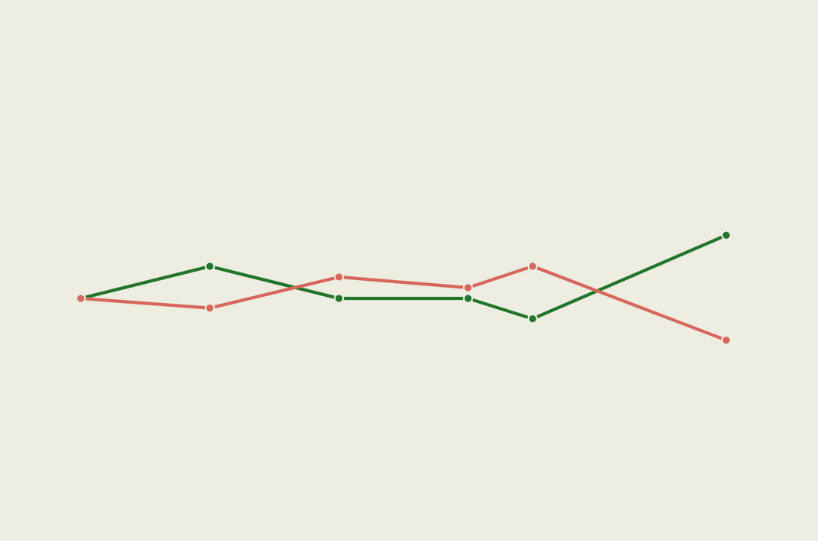Harper Holds On
Harper Holds On
Canada's Liberal Party backed the Conservatives' budget plan, killing an opposition coalition and giving Prime Minister Stephen Harper's government a new lease on life. But clouds continue to darken Canada's economic horizon.
After a two-month stand off that threatened to oust Prime Minister Stephen Harper, Canada’s Conservative Party and the opposition reached a truce this week following the governing party’s submission of a budget plan. A parliamentary vote of “no confidence” would have forced the country to hold its fourth federal election in less than five years. When the new budget was delivered on January 27, Liberals chose to support it, effectively ending a coalition made up of Canada’s main opposition parties. Meanwhile, Canada’s economy continues to feel the impact of the global financial downturn.
The drama involving Parliament’s suspension in December was far from politics-as-usual in Ottawa.
Harper used an obscure rule known as a “prorogue” to shut down Parliament before the opposition coalition, which accused Harper’s minority government of failing to address the economic crisis facing Canada, could reject an fiscal package and unseat the prime minister. But rather than gaining momentum as a result of Harper’s move, the Liberal Party found itself in turmoil. The release of a poor-quality video of then-Liberal Leader Stepháne Dion rebutting Harper's actions resulted in widespread criticism, forcing Dion to step down and let prominent intellectual Michael Ignatieff take his place.
Fast-forward to the past week and the coalition Bloc Québécois Leader Gilles Duceppe pronounced the coalition “dead" after Ignatieff backed the Conservatives’ budget plan. Despite supporting the budget, Ignatieff called it a “flawed document,” urged oversight, and stated that “this government is on probation.” The Conservatives, in turn, agreed to an amendment that would force them to provide information about the budget’s implementation and progress to Parliament.
The package’s $33 billion worth of stimulus measures include tax and tariff relief, funds to boost infrastructure and housing construction, and improved access to credit. For the first time in more than a decade, the budget will move into the red and, according to Finance Minister Jim Flaherty, may run a deficit until 2013-14.
The plan was unveiled days before official statistics revealed grim economic news: Canada’s GDP slumped by 0.7 percent in November, roughly twice the rate expected. The International Monetary Fund agreed with budget projections for 2009 that predict a 1.2 percent retreat in Canada’s GDP, but forecasts a limited growth rate of 1.6 percent in 2010. Canada, affected by the U.S. recession, joined other countries at the World Economic Forum this weekend in condemning and deeming protectionist a “Buy American” provision in Washington’s $819 billion stimulus package.
Although clouds have gathered over Ottawa’s economic horizon, the Conservatives avoided being unseated in the short term. Yet some believe another election may not be far off. A Reuters analysis predicts Canadians may head to the polls again by as soon as Fall 2009. “Since November, [Harper’s] authority is no longer unassailable,” according to The Economist. “He is living on borrowed time as well as money.”








